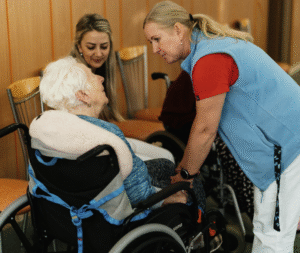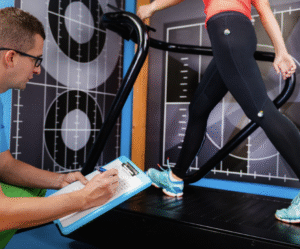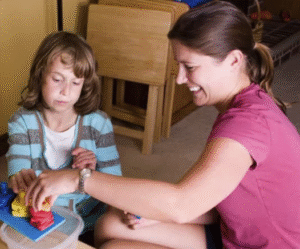Managing Concussions
Recently, we have been discussing various ways to increase participation in physical activity. As we begin to enter what seems to be the starting time for many sports, I would like to bring up a more serious topic for the blog this week. While it is so important for all ages and physical abilities to engage in some type of physical activity, there is still a common risk of injury involved that we need to address. Safety is an integral part of sports participation for individuals of all ages and types of activities, and being prepared to handle all types of injuries is also very important for those who are facilitating, coaching and even spectating various sports.
The first thing that comes to mind when we think of safety preparedness is likely a first aid kit. However, there is one type of injury which has the potential to be incredibly dangerous – a concussion. As you well know, a first aid kit will not likely have a significant impact on this whatsoever. A concussion can occur as a result of any degree of head trauma. Although it is scary to imagine, a concussion is possible no matter the activity taking place and is a term used to describe a mild traumatic brain injury. Someone who endures a concussion may experience several different symptoms and they may or may not lose consciousness for a period of time. It is important to note that not everyone who experiences a concussion will have the exact same symptoms.
According to a study completed in 2012 focusing on Rehabilitation of Concussion and Post-concussion Syndrome, “concussion, a form of mild traumatic brain injury (TBI), is a leading public health problem, with an estimated 1.6 to 3.8 million sport-related concussions each year in the United States. The majority of patients with sport-related concussion recover within a 7- to 10-day period, although children and adolescents require more time to recover than do collegiate or professional athletes.”
I found this statement to be very powerful as it specifically notes that children and adolescents take longer to recover from a concussion than adults. It is important to understand that all symptoms may not be obvious, but may indeed persist longer than expected during recovery, no matter the severity. This is referred to as post-concussion syndrome if occurring for a period of time following the concussion. According to the study from the Rehabilitation of Concussion and Post-concussion Syndrome listed below, some of the symptoms of post-concussion syndrome include “headache, fatigue, sleep disturbance, vertigo, irritability, anxiety, depression, apathy, and difficulty with concentration and exercise.”
Unfortunately, also according to the study referenced below, it is common for persisting signs of a mild traumatic brain injury to go unnoticed and this can put the individual at an even greater risk for second impact syndrome (SIS) “in which a second mild head injury is thought to occur before resolution of a concussion, with resulting malignant brain edema.”
Now, I want to reinforce that this blog post is not meant to make anyone fear participating in recreational activities or fear letting their children participate in activities. It is, however, meant to provide education on how important it is to recognize a concussion and monitor symptoms in order to avoid very serious injury.
Imagine the rush a young athlete may feel to report he or she is symptom free to be able to safely resume participation in a sport and not miss another practice or game! At this point, it is up to the educated parent or coach to assess the individual and monitor them closely for persisting symptoms in order to avoid placing the individual at a risk of experiencing SIS.
To make things a little easier, there is an assessment tool available which allows a trainer to screen an individual following a concussion called the Sport Concussion Assessment Tool (SCAT). The SCAT provides clear instructions with a list of questions and symptoms to assess in the affected individual, as well as guidelines for when the individual should be removed from play and seek further medical attention. I have attached a link to the SCAT for those who want to review it. Please keep this tool in mind while you, your friends, family and children begin spring activities as it has the potential to save a life!
Thanks for reading!
Kendell Myers, PT, DPT
Physical Therapist
http://concussion.ubmd.com/wp-content/uploads/2014/04/rehab2012.pdf



